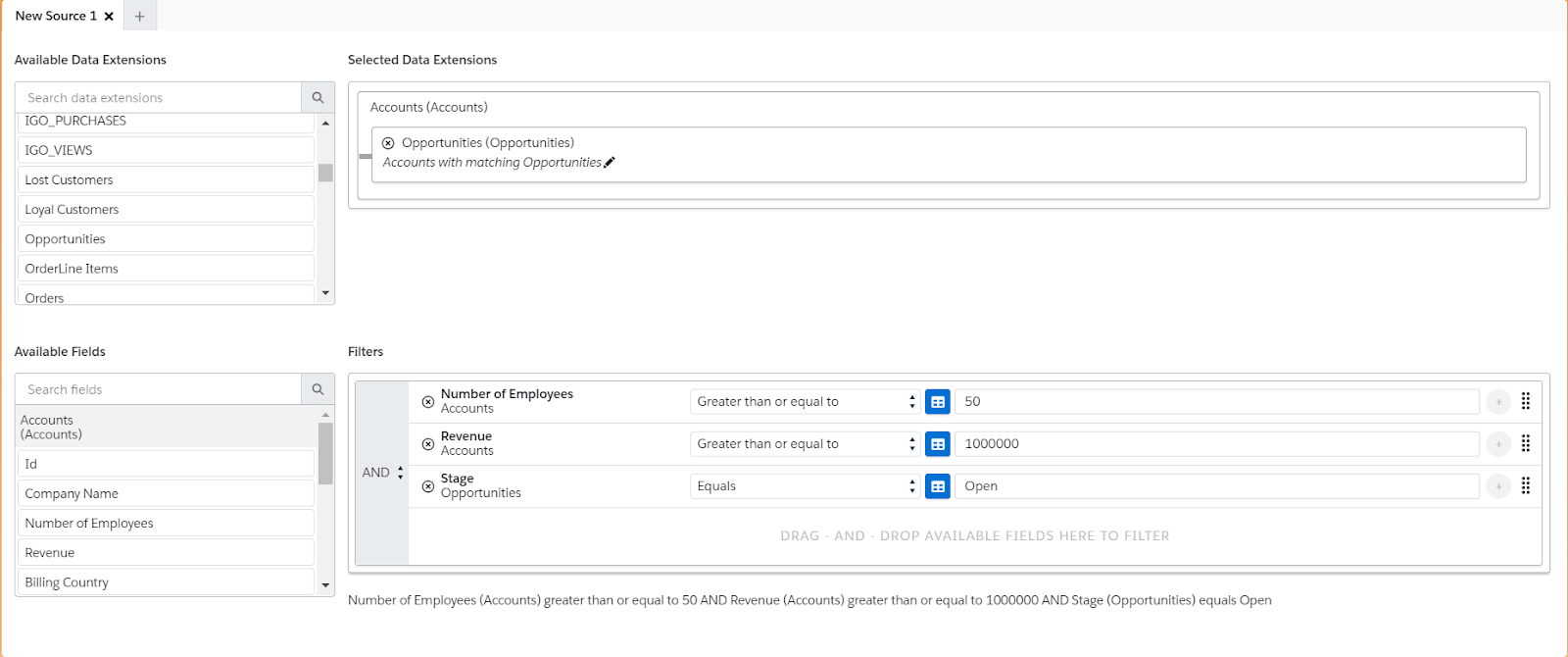
“Marketing segmentation is a natural result of the vast differences among people.”
— Donald Norman
As the director of The Design Lab at the University of California, Donald Norman states that marketing segmentation is one of the key points if you want to create a difference with your business. Overall, customer segmentation and targeting allow you to create unique marketing strategies for your customers based on their preferences. This process leads to the best Return-on-Investment (ROI) outcomes.
Thus, if we want to plan a good customer segmentation and targeting strategy, we must focus on four types of market segmentation.
So, what are these 4 basic concepts? Overall, you can see below how we differentiated these segmentations from broad to narrow segmentation. Let’s take a closer look.
1. Geographic Segmentation
This helps you to segment your customers based on their location. At this moment, we need to think about one question: How does the location of a customer affect his/her purchase decision?
For example, let’s say you aim to target large English speaking companies. Companies in the United States, Canada, Australia, United Kingdom.
If you’re using Salesforce Marketing Cloud, you might leverage filters to segment this audience and target only those companies located in these countries. However, what if you don’t remember if in a single data extension with hundreds and thousands of records you can find all the desired countries? If you create a filtered data extension and select all the required countries, you’ll receive the result quite fast, but you won’t, for instance, be notified that customers from the UK are missing.
Instead of manually checking and spending time on a data extension that might have hundreds of thousands of records, you can leverage picklist functionality in DESelect.

(multi-select picklist in DESelect)
You can easily drag-and-drop a desired field — a country in this case — then have a great overview of all the country values found in this field. In our example, we can see that customers from the United Kingdom are missing. Using this functionality we can simply multi-select country values and save it for future segmentation. In that way, we can already choose Customers from the US, Canada, and Australia to be in our target data extension.
2. Demographic Segmentation
When we try to segment people according to their demographic preferences, we’re trying to figure out who they are. There are two common approaches to demographic segmentation, namely B2C (business to customer) and B2B (business to business).
If you want to target people according to their B2C demographic segmentation, it means you would potentially be looking at the following aspects:
- Age
- Gender
- Income
There are also indirect measures to find out about the demographics of the customers, such as someone always buying clothes for a baby boy is probably about to be or already a mother.
To create a better demographic understanding of your customer you might need to combine data from different data extensions. For instance, to find out who frequently buys clothes for a baby boy, you might want to compare your Customers data extension together with the Orders data extension. In SFMC, you would apply SQL code to compare these tables, however, if you don’t feel like coding, you can also use DESelect. Recently, we created an article (+video) on how to combine data extensions in Salesforce Marketing Cloud using SQL and DESelect.
On the other hand, as a marketer wanting to target people according to B2B segmentation, you might be interested in knowing:
- Industry type
- Company size
- Revenue
In many cases, the information you’d like to find using the demographic segmentation can appear in various data extensions (tables that collect data about your subscribers/customers/users, etc). In order to combine the data and segment it according to your needs, it won’t be enough to only use filters. For advanced segmentation scenarios, you need to apply SQL or roll back to using Excel. However, with DESelect, performing advanced demographic segmentation is easy.
In the following demographic segmentation scenario, we want to find the names of companies that have more than 50 employees and whose revenue is more than $1m. We also want to narrow the search to those companies still Open, so we can reach out to them. All this is possible to do using the wonderfully simple drag-and-drop functionality of DESelect. You can learn more about it here.

(segmentation using DESelect)
3. Behavioral Segmentation
This type of segmentation helps you to understand your audience based on their previous behavior with your company. It could be anything from their level of awareness of your business and previous purchases, and their readiness to purchase your product.
The interaction between your subscribers and your company can also be easily tracked to better analyze how your audience behaves with your brand.
There are many examples, such as store visitor tracking based on in-store purchases through the use of a customer card; website browsing data captured via cookies; and geo-location data from beacon technology can all be passed on to SFMC. In MobileConnect, you can even use beacon messaging.
In order to get behavioral information about your subscribers captured by Marketing Cloud itself, you can leverage data views. You can find out about using data views for segmentation purposes in this article.
4. Psychographic Segmentation
While you’re trying to segment your audience psychographically, you analyze aspects of their personalities like their interests/hobbies, lifestyles, and attitudes.
Psychographic segmentation might not be for every business. However, it can be very useful for businesses selling a product or service that affects people’s daily life, like Netflix for example. There are many ways that psychographic segmentation can be used depending on your business needs and industry. The segmentation process can be different for different industries. We’ve written two articles on industry-specific segmentation scenarios that fall under the category of psychographic segmentation. Learn how to apply psychographic segmentation in Salesforce Marketing Cloud here:
Conclusion
Analyzing your audience is a great way to get your campaigns right and increase your ROI. However, there are many options for targeting and segmenting your audience, and as a marketer, you need to figure out what approach is a good fit for your industry or even a specific campaign. You might have a team tackling segmentation for you, you might be learning SQL, or trying to manage it with simple Excel sheets.
Want to talk with an expert about how you could apply these segmentation strategies? Book a demo now.
- 1. Geographic Segmentation
- 2. Demographic Segmentation
- 3. Behavioral Segmentation
- 4. Psychographic Segmentation
- Conclusion
Latest Articles
-
Kyra Constam, Creative & Web Manager
Company Culture Meet Our Team: Creative & Web Manager, Kyra Constam In the dynamic world of design, Kyra Constam stands as a definition of talent and innovation. Get her take on her DESelect journey → Her journey at DESelect began with the title of Senior Graphic Designer, where her talent and hard work shined […]March 27, 2024Salesforce Announce Marketing Cloud Growth Edition Built on Top of Data Cloud
While Salesforce’s Marketing Cloud has long been synonymous with cutting-edge marketing automation, the unveiling of Marketing Cloud Growth Edition (MCG) marks a pivotal moment in democratizing marketing prowess. It is the very first glance of a marketing app developed in-line with Salesforce’s core platform and what it embodies. It is a big announcement from Salesforce […]March 26, 2024What Are the Typical Stages of the B2C Customer Journey?
In the dynamic and competitive realm of B2C marketing, understanding the stages of the customer journey is essential for crafting compelling marketing strategies that resonate with consumers at every touchpoint. This journey, a detailed map of a consumer’s engagement with a brand, is pivotal in shaping customer experiences and driving conversions. Let’s embark on a […]March 21, 2024Segmentation in Salesforce Marketing Cloud (SFMC)
You’ve already mastered segmentation in your everyday life. Your relationship with your family, friends, and colleagues is the biggest proof of your mastery. Why? Because you know what everyone around you likes and dislikes. And you tailor to their segment their behaviors, needs, lifestyles, and hobbies to keep them happy. If your best friend is […]March 20, 2024Join our newsletter to receive updates and helpful SFMC guides.


















